|
Often I feature animals that show up in my previous novels. But today's animal makes an appearance in a novel I haven't released yet. It shows up in Bridgers 2. As you may know, Bridgers 1 hasn't even been released yet. I'm in the final editing phase, and I'm holding off a bit so I can release the first two books about a month apart (don't worry, there will still be more Diffusion books as well). So what the heck is a Capybara? The capybara has the honor of being the largest rodent living in the world today. It is in a genus (Hydrochoerus) that includes only two species (along with the lesser capybara). One of its closest relatives is the guinea pig. Capybaras live in South America, with their range covering most of the continent except the west coast. They live in a variety of habitats, from savannahs (a grassland with widely-spaced trees) to dense forests. Amazing facts about capybaras Above, I mentioned that capybaras appear in Bridgers 2, which isn't exactly accurate. It is actually a closely-related creature that lives on another version of Earth. In the Bridgers novels, the characters "bridge" to alternate versions of Earth. They can choose how far back in time their destination world diverged from our own, and so they often encounter creatures that don't exist on our world, although they are similar. In Bridgers 2, this capybara-like creature is domesticated as a food animal and is raised in large herds. This isn't far-fetched because on our world, capybaras are often hunted for food, and they are known to be gregarious, living in dense groups within small home ranges of about 25 acres (10 hectares). Which means they might do well as livestock. But... one complication of trying to domesticate capybaras is that they need water. They are semiaquatic mammals. They must always be near bodies of water, such as lakes, rivers, swamps, etc. To be honest, when I look at a capybara, the last thing that comes to mind is that they look like sleek, strong swimmers. But they are! In fact, they can stay completely submerged for five minutes. This is how they escape from predators. They can even sleep in water, keeping just the tip of their nose at the surface. Their eyes, nostrils, and ears are on top of their heads, making it easier for them to stay mostly submerged. Capybaras are huge rodents. Their average weight is about 100 pounds (45 kg), but the largest ever found was 201 pounds (96 kg). When they were originally discovered, they were called water pigs, although we know now that they are rodents, not pigs. The second largest living rodent is the beaver, with an average weight of about 39 pounds (17 kg). Although the capybara is today's largest rodent, it certainly doesn't hold the record historically. Perhaps the largest prehistoric rodent was the Josephoartigasia, for which a fossilized skull was discovered in Paraguay in 1987. Also a relative of the guinea pig, the Josephoartigasia lived 3 million years ago and is estimated to have weighed 2,200 pounds (1,000 kg). Here's an artist's impression of what this massive rodent looked like: Is it just me, or does that gigantic, one-ton rodent look kind of scary? Although capybaras are adapted well to the water, they can also run on land. In fact, they can run 22 mph (35 km per hour), as fast as a small horse! Okay, time for a bit of information on capybara sex and reproduction. These rodents have what's called harem-based polygynous breeding. That's when one male gathers a group of females and then vigorously defends them, preventing other males from getting close. When the male pursues a female, she will typically run into the water. If she is ready to mate, it takes place in the water. Often with the female completely submerged until it is over... good thing it's brief! If the female isn't ready, sometimes she will swim deep enough to dislodge the male (clever, don't you think?). Both male and female capybaras use scent glands as an important part of their mating routines. Not only do they have anal scent glands, but both sexes also have scent glands on their snouts, called morillos. Especially in the males, the scents produced by the morillo are complex, with up to 54 different compounds. But these 54 compounds are present in different quantities in every male, making the scent subtly different for each individual. Check out this video of capybaras mating in water. Capybaras tend to be docile animals. Because of this, they are sometimes kept as pets. I'm not sure this is a good idea, though, because they need a swimming pool or pond to be happy. Check out this video showing how docile they are. Not only are they docile to humans, when put into zoo-like surroundings, they tend to be very friendly (or at least tolerant) of other animals around them. Example, squirrel monkeys hitching a ride: So, the capybara deserves a place in the L.A.H.O.F. (Lit Animal Hall of Fame). FUN FACT: The word lit has gone through a number of different meanings and is still used for a variety of things. I think originally it meant being high (as in, "John was really lit last night"). It can also mean "being excited" (even sexually excited). But I like its most recent use, to say that something is especially terrific ("This party is lit!"). So it is another way to say awesome. Photo Credits:
Capybara Walking - Britannica.com Capybaras swimming - AnimalsLook Artist's impression of Josephoartigasia - James Gurney Capybaras running - Capybara World Capybara and squirrel monkeys - UK Yahoo News
1 Comment
Leave a Reply. |
Stan's Cogitations
Everyone needs a creative outlet. That's why I write. Archives
July 2024
|

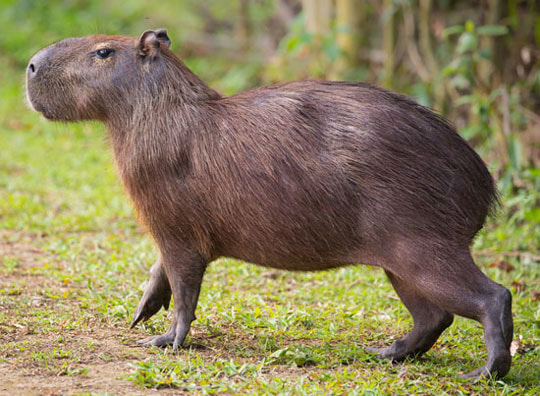
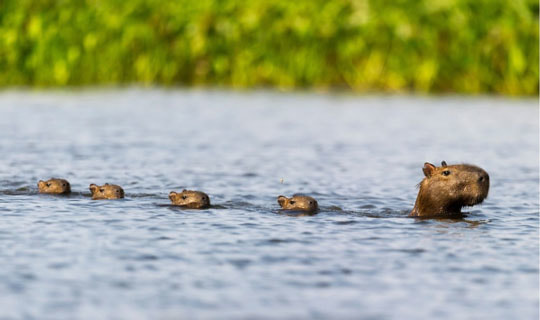
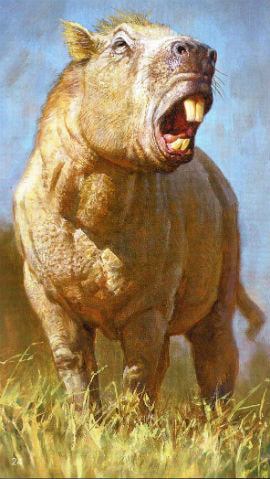
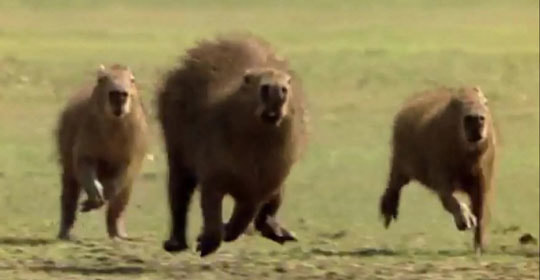
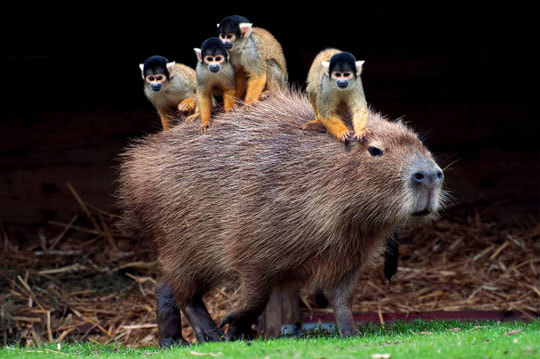
 RSS Feed
RSS Feed